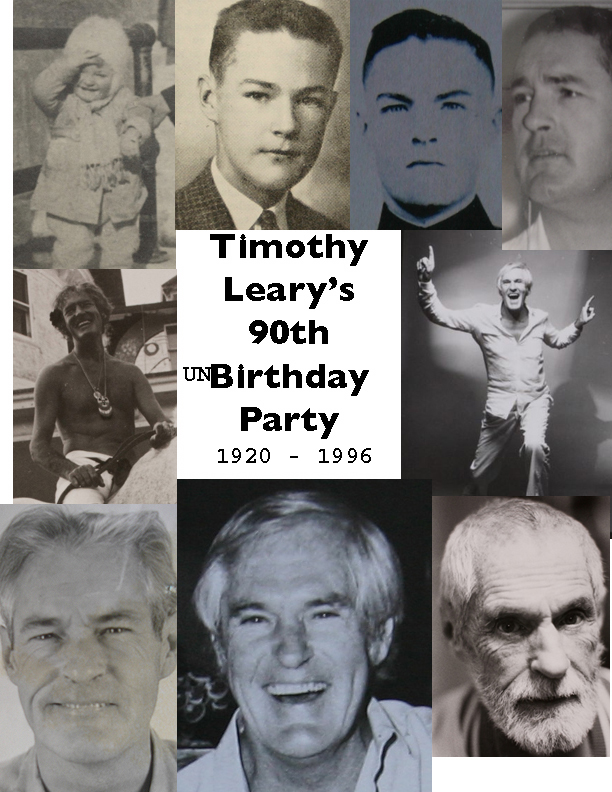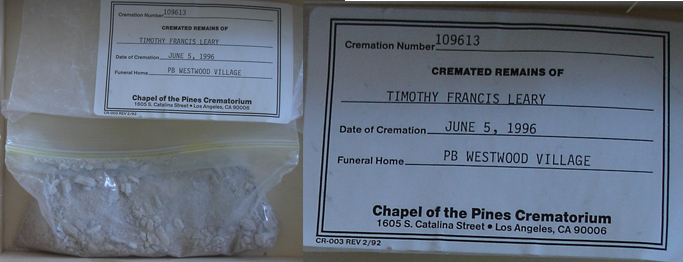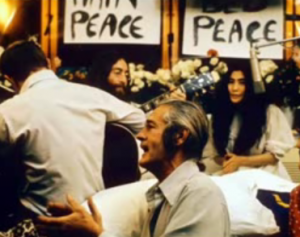Here’s Ralph’s post on his own blog about the last few weeks of press on the archives.
Ralph was a graduate student at Harvard, working on his Ph.D in Clinical Psychology, which he received. He took graduate classes with Leary and Alpert, was introduced to psilocybin mushrooms, and became a research assistant on the Harvard Psilocybin Project started by Tim and Richard. While continuing to study for his Ph.D, he became a central figure in the research project, participating in all the experimental work, first with psilocybin and mescaline, and later with LSD and DMT.
He co-authored the key research papers, was the editor of “Psychedelic Review” (the first journal devoted to psychedelic drugs) through much of its run, and co-authored the seminal text of the era, “The Psychedelic Experience,” based Upon the “Tibetan Book of the Dead.”
After getting his Ph.D from Harvard, Ralph moved to the Millbrook Estate and continued to be a central figure in the Psychedelic Movement, well into the ’60s, performing in the psychedelic celebrations, and co-starring with Tim and Rosemary in the feature film, “Turn On, Tune In, Drop Out.” He also published one of the earliest anthologies of people’s psychedelic experiences, “The Ecstatic Adventure” (1968).
Ralph and Ram Dass recently published a book on these seminal years, “The Birth of the Psychedelic Culture.” We worked with Ralph placing many photos from the archives in the book, which also has a nice introduction by John Perry Barlow.
Of particular interest in this post by Ralph, is his comment to David
Presti’s blog post published on June 23, 2011:
“Thanks for this sensitively nuanced appraisal of my former colleague and dear friend Tim Leary. Your statement that “the role of Timothy Leary in the early days of contemporary psychedelic research and his impact on society during the second half of the 20th century are far from having been fully explored” is right on target.
I think in retrospect his pioneering contributions will be recognized and appreciated, while his flamboyant and provocative style of self-presentation will be forgotten. More books about him are coming out all the time – the most recent being Peter Conners’ White Hand Society – The Psychedelic Partnership of Timothy Leary and Allen Ginsberg.
He was the funniest man I’ve ever known. When asked about Nixon’s judgement of him as “the most dangerous man in America” he said “It’s true – I’ve got America surrounded.”
















